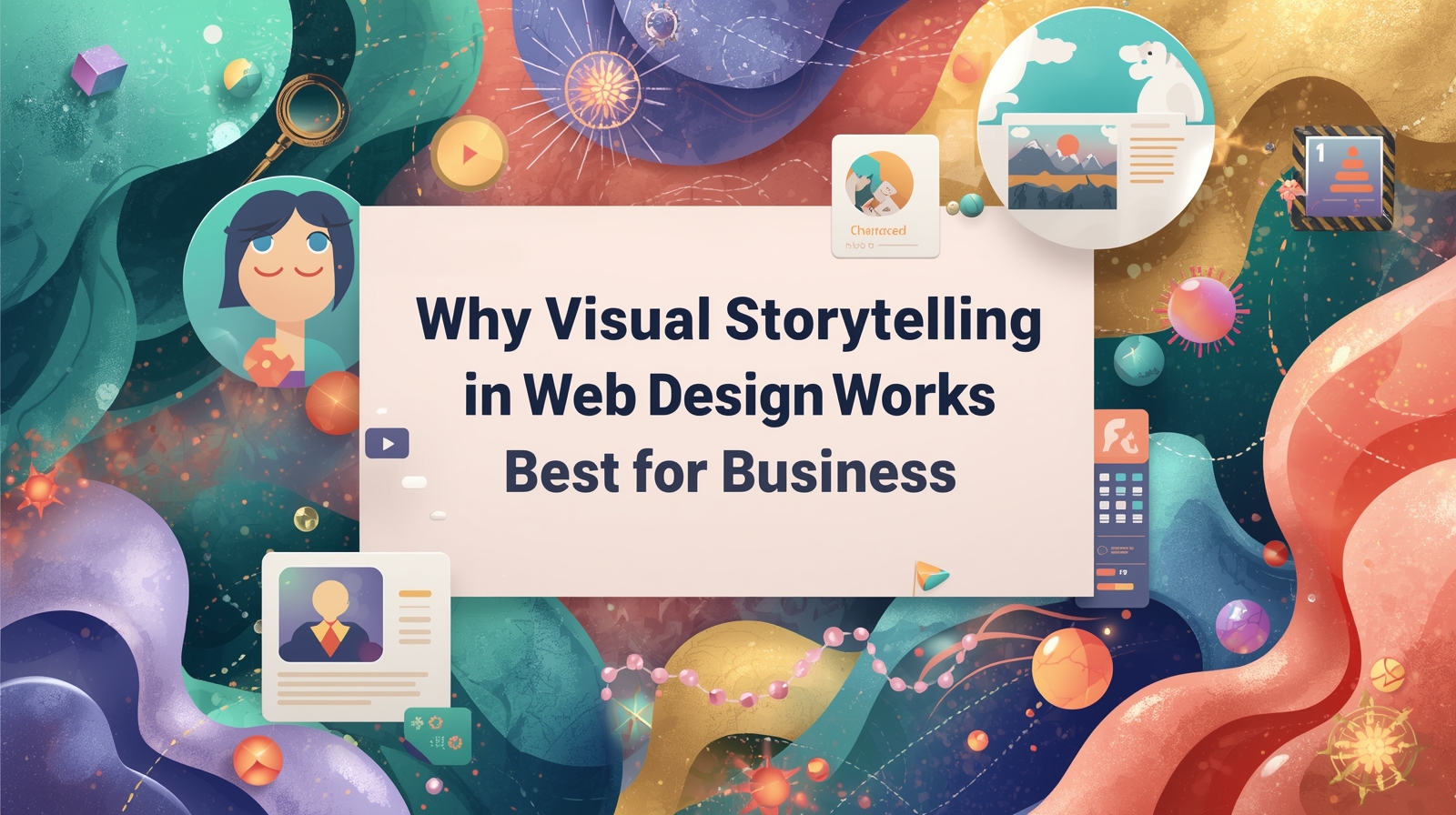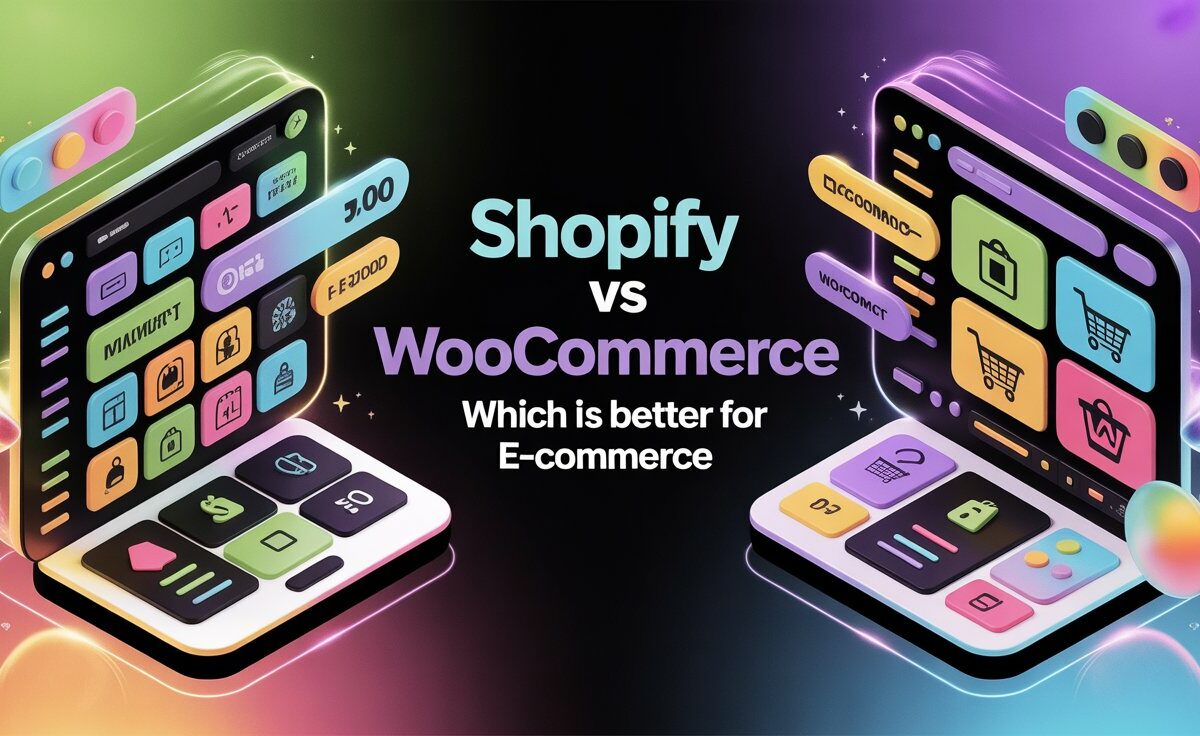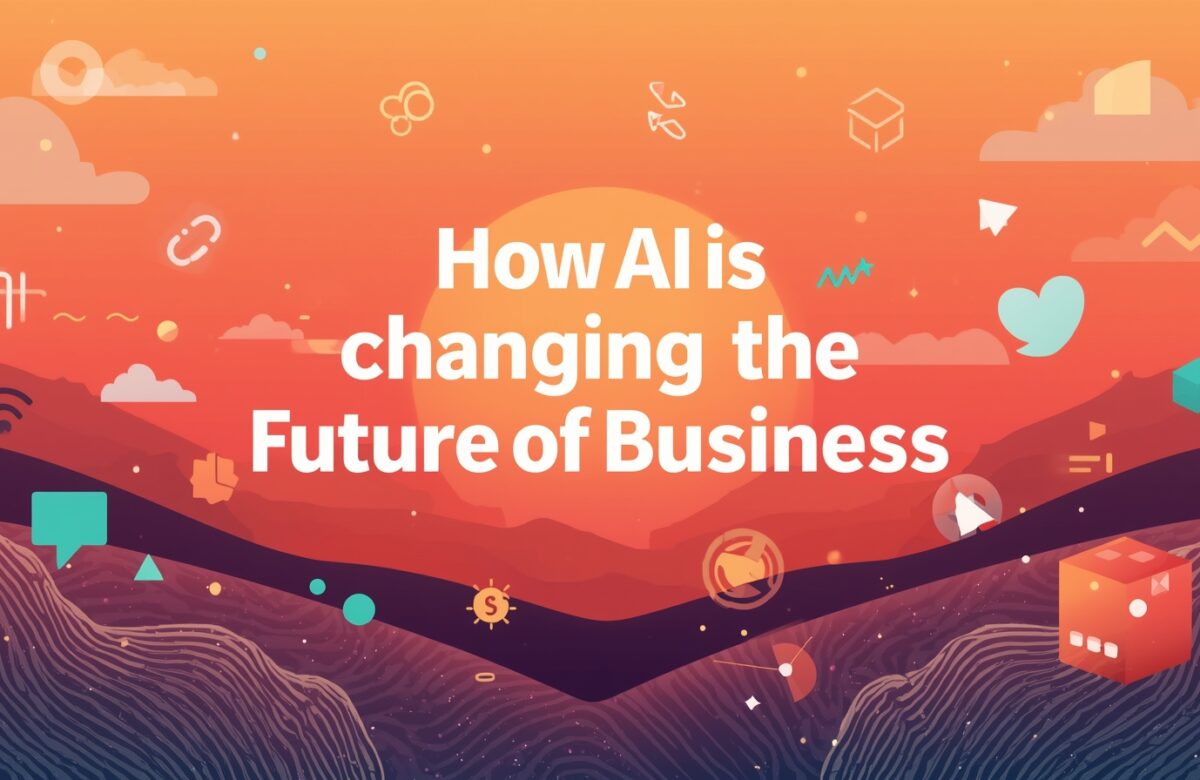Why Visual Storytelling in Web Design Works Best for Business
In today’s competitive online world, every business needs more than just a beautiful website. You need a website that attracts, engages, and converts visitors. One of the most powerful ways to achieve this is through visual storytelling in web design. Instead of relying on long paragraphs and generic images, businesses are now using visuals, colours, layout, and interactive elements to tell their story in a more emotional and memorable way.
What Is Visual Storytelling in Web Design?
Visual storytelling in web design means using visuals—such as images, illustrations, icons, animations, layout flow, color psychology, and motion graphics—to communicate your brand’s message quickly and effectively. People understand visuals 60,000 times faster than text, making this method incredibly powerful for digital communication.
When users land on your website, they form an opinion in under 3 seconds. Visual storytelling helps you connect instantly and guide users through a meaningful journey.
Why Visual Storytelling in Web Design Works So Well for Businesses
Below are the major reasons why visual storytelling in web design helps companies stand out, engage visitors, and boost conversions.
1. Visuals Capture Attention Instantly
In a world where attention spans are shrinking, visuals help businesses communicate faster. Using visual storytelling allows you to showcase your brand personality in seconds. Bright colors, animated sections, videos, or illustrations can make your website more memorable than any paragraph of text.
2. Visuals Build Emotional Connections
People buy from brands they trust. It helps businesses trigger emotions like trust, excitement, or curiosity. For example:
- A calming color scheme builds reliability
- Real photos build trust
- Illustrations showcase creativity
This emotional connection increases the likelihood of conversions.
3. Improves User Experience (UX) and Navigation
One of the hidden powers of visual storytelling is how it improves user flow. Visual cues like arrows, icons, color contrasts, and highlighted CTAs guide users naturally without them realizing it. A visually engaging layout also reduces bounce rates and increases session duration.
4. Helps Explain Complex Ideas Easily
If your business provides technical services—like digital marketing, software development, or website design—visuals help simplify complex ideas. With visual storytelling in web design, you can transform complicated concepts into:
- Infographics
- Step-by-step illustrations
- Explainer animations
- Graphics
This leads to higher engagement and better understanding.
5. Strengthens Branding and Professional Appearance
Your website should feel like a reflection of your business identity. It allows you to maintain consistent branding across pages—colors, fonts, icons, images, and layouts. This consistency boosts brand recognition and shows professionalism.
6. Increases Conversions and Sales
Visuals directly affect conversion rates. A visually compelling homepage can convert more visitors into leads or customers because it removes confusion and motivates action. Well-placed visuals guide the user’s eye toward CTAs like:
- “Book a Call”
- “Get a Quote”
- “Shop Now”
A strong visual story increases trust, which leads to more sales.
7. Creates a Memorable User Journey
Instead of a flat, boring layout, visual storytelling in web design transforms your website into an engaging journey. Visitors feel like they are traveling through a clean, narrative-driven flow that explains who you are, what you offer, and why they should choose you.
How to Use Visual Storytelling in Your Business Website
Here are actionable ways to include visual storytelling in web design strategically:
1. Use High-Quality Brand Images & Videos
Real photos and branded video content humanize your story.
2. Build Visual Hierarchy
Use bigger fonts, bold colours, and clean spacing to prioritize important content.
3. Add Custom Illustrations
Custom illustrations make your brand unique and recognizable.
4. Use Consistent Brand Colors
Colors trigger emotions. Pick brand colors that align with your identity.
5. Use Motion Graphics and Micro-Animations
Subtle animations enhance storytelling without overwhelming users.
6. Include Infographics and Process Steps
Turn boring text into visually digestible blocks.
7. Simplify Your Layout
Minimalist layouts help users focus on your message.
Conclusion
The digital world is evolving quickly, and every business must adapt. Using visual storytelling in web design helps you stand out, retain visitors, and communicate your message in a powerful, emotional, and memorable way. If you want your business website to convert better, tell a story visually—not through long text but through engaging design elements.




